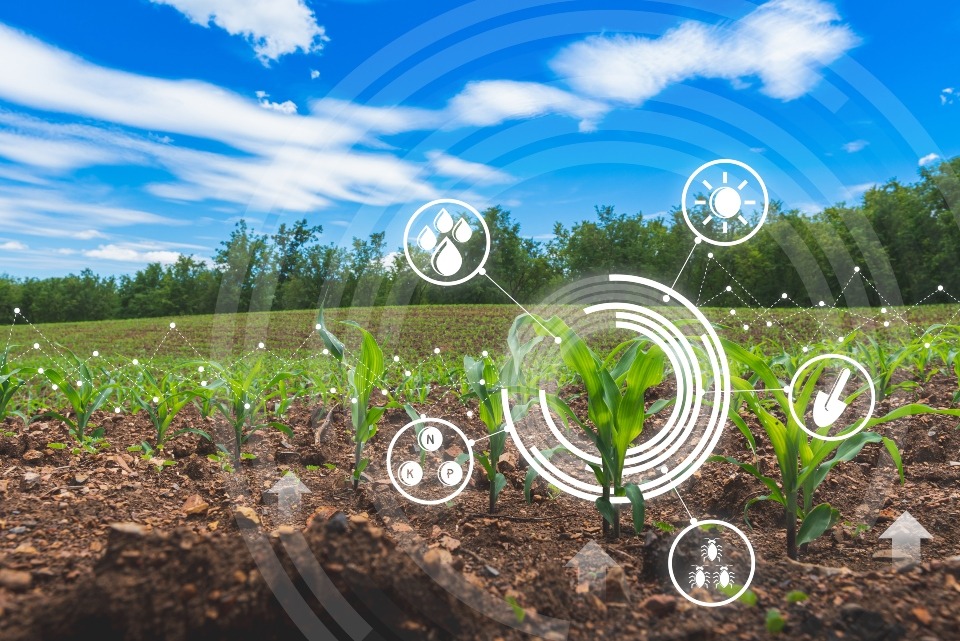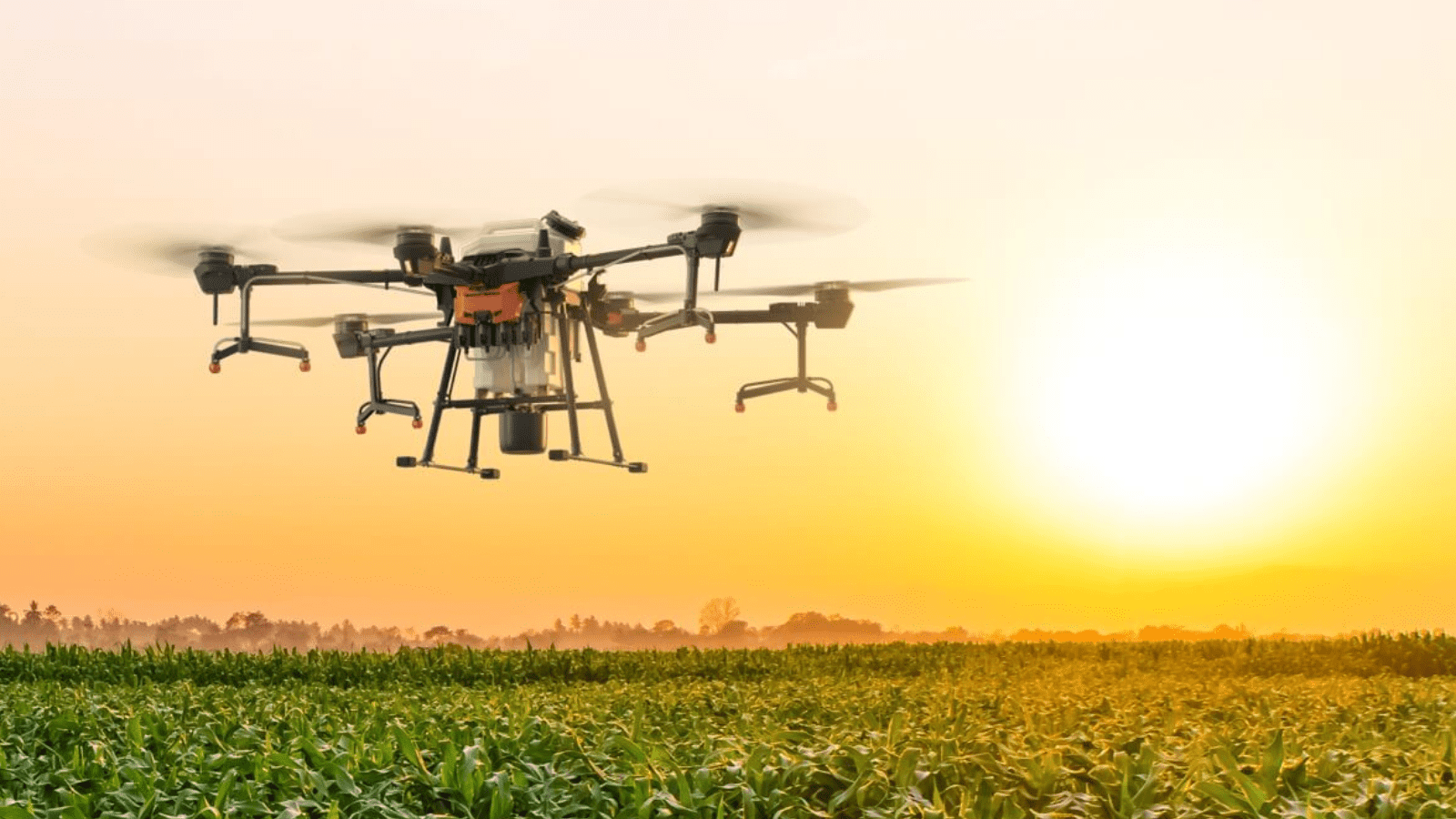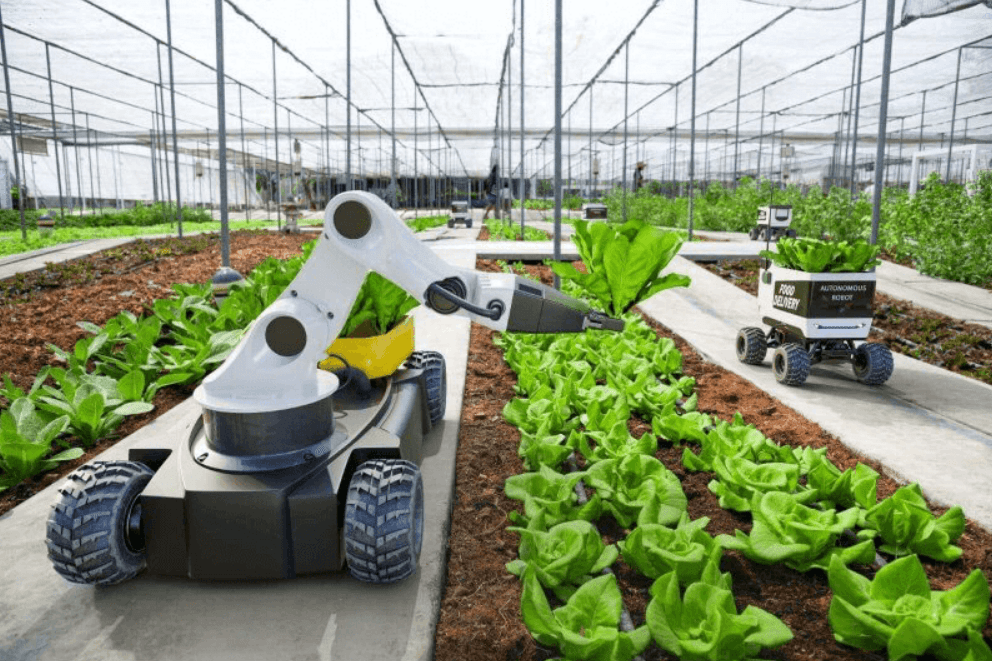Investing In Tomorrow’s Agricultural Technologies: Agriculture 4.0
The term “Agriculture 4.0” was first used by the United Nations Food and Agriculture Organization (FAO) in 2020 and refers to the modern era of agriculture enabled by advances in digital technology. The aim of Agriculture 4.0, the next step in the evolution of agriculture, is to introduce digital solutions that will help farmers become more efficient and productive and production more sustainable.
Agriculture 4.0; It consists of many different digital technologies, including sensor technology, robotics and automation, artificial intelligence, and big data analysis. These technologies provide farmers with real-time data and information that can be used to make more informed decisions about their farming operations.
In recent years, there has been an increasing interest and investment in Agriculture 4.0 and digital agriculture applications in both public and private sectors around the world. For example, the European Union’s Horizon 2020 research and innovation program has allocated significant funding to support research and development in digital agriculture.
Similarly, the United States Department of Agriculture has launched several initiatives, such as the Agriculture Innovation Agenda and the Digital Agriculture Atlas, to encourage the adoption of digital agriculture technologies.
What Is Agriculture 4.0 And Implications For Investors?

All smart agricultural applications supported by new technology are called agriculture 4.0. Digitized agricultural practices, remotely managed vehicles, created information systems, and artificial intelligence-supported machines are within the scope of Agriculture 4.0. Internet and wireless Bluetooth technology form the basis of all innovations.
Sensors placed on the equipment collect data with the help of wireless connection devices. Farmers and researchers can easily obtain data and access information about their fields, crops, and vehicles from kilometers away.
The equipment can even be controlled remotely. It seems that in the technology of the future, automatic devices will solve the problem they discover on their own, without even needing a command, and report it to the farmer.
To understand what the innovations of Agriculture 4.0 are, it is necessary to first look at how this system works. The system called IoT, defined as the Internet of Things, forms the basis of smart agriculture.
IoT means that all objects you can think of can access the internet and interact with devices. Mechanical and digital machines, animals, and objects transfer data to each other over the network with identifier systems (UID).
Connections such as satellite, internet, and Bluetooth are used to transport data stored with cloud technology. Artificial intelligence-enabled technologies, on the other hand, process the incoming data, identify the need and the action to be taken, and notify the farmer or implement the solution. This results in the need for investors of all income levels to follow new products and services with high market demand in this field.
Agriculture 4.0 And Investment Opportunities In The Livestock Sector
The agricultural sector is of great importance worldwide as food production and a core economic activity. Livestock farming is an important component of the agricultural sector and includes the production dynamics of animal products such as meat, milk, and leather.
Today, the agricultural sector is experiencing a major transformation in digitalization and automation with the acceleration of technological developments called Agriculture 4.0. In this context, the livestock sector also feels the effects of Agriculture 4.0 intensely.
In the livestock sector, Agriculture 4.0 technologies and digital solutions increase the efficiency of farms, providing many advantages such as keeping animal health under control, monitoring and managing production processes and using farm resources effectively.
For example, thanks to smart animal monitoring and tracking systems, data such as animals’ movements, body temperatures, and pulse can be monitored in real time, and instant information can be obtained about their health status.
This traceability enables early diagnosis and intervention, helping to detect and prevent abnormal conditions and diseases early and to manage rehabilitation processes more effectively. In addition, technologies such as automatic feeding systems and milk vending machines optimize the nutrition and milk yield of animals and increase the efficiency of farms by reducing labor costs.
Another important impact of Agriculture 4.0 in the livestock sector is data-driven decision-making processes enabled by the use of technologies such as big data analytics and artificial intelligence. By analyzing the data obtained thanks to sensors and data collection tools on farms, critical information can be obtained about many factors such as the health status of animals, feeding habits, and production efficiency.
This information helps farm managers make stable decisions. In this way, animal welfare and productivity are increased, ensuring that farms operate in line with sustainability targets. However, with the use of technologies such as data analytics and artificial intelligence, important steps can be taken in issues such as genetic efficiency, breed selection, and prevention of genetic diseases in animal breeding.
Costs Of Agriculture 4.0 Practices

Smart farming implementation costs are much lower when there is the necessary infrastructure. Farmers can only afford to undertake this burden, which they see as an investment when there is technical infrastructure.
The main problem is that the communication infrastructure in rural areas is limited in Turkey and that wireless internet access still does not reach 50 percent even in Europe.
However, investments in smart agriculture continue to be made all over the world. Today, there are more than 20 billion wireless-connected agricultural vehicles in the world.
With mobile applications and developed software, device use on farms is increasing day by day. The decrease in productivity caused by human error, natural conditions, and unforeseen external factors is decreasing day by day thanks to these devices.
Drones, which are the farmer’s eyes on the fields, light devices with additional wavelengths that detect weeds, and sensors that measure the quality of crops, are making the lives of more and more farmers easier day by day.
What Are Agriculture 4.0 Innovations And Advantages For Investors?
Among the advantages of smart agriculture, benefits for farmers, consumers, and the world can be mentioned. Sensors and data connections bring farmers one step ahead of nature.
Systems that help understand and solve the problem of insects before they increase, the problem of thirst before it becomes visible, and future storms before their arrival, help the producer reduce product loss. Preventive measures can be taken quickly to increase efficiency and obtain better quality products.
Thanks to smart agriculture, farmers see the needs of the soil and the needs of the crop more accurately and can take the necessary steps safely. The data collected significantly reduces fertilizer and fuel use. These differences bring about an increase in income.
Reducing the use of fuel and chemicals also provides an advantage for the world as it prevents pollution of water resources. Consumers can easily access much higher quality and reliable products. With the barcodes or codes placed on the products, all production conditions, soil, and pesticide information of the crops can be accessed via the internet.
Agriculture 4.0, as a technology in which digitalization is applied in agricultural systems, opens new doors of opportunity for investors with its advantages such as high efficiency, significant reduction in costs, high level of occupational health and safety, and new market opportunities.
See you in the next post,
Anil UZUN
